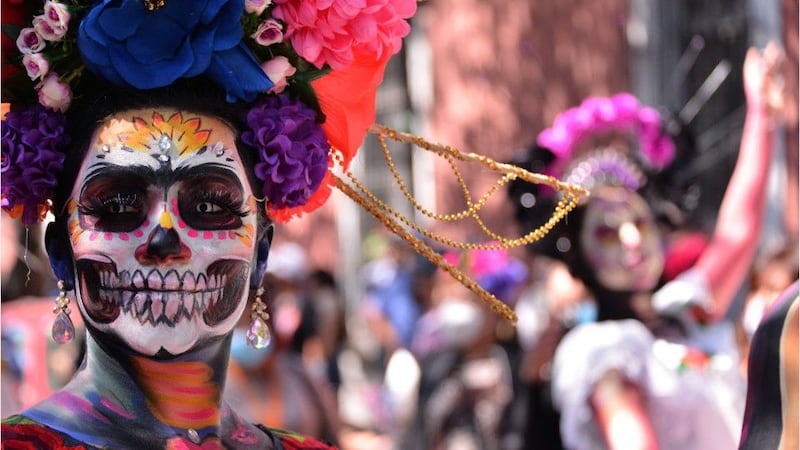On Sept. 15, National Hispanic American Heritage Month began, celebrating Latin American citizens and their contributions and culture.
National Hispanic Heritage Month has a decades long tradition in the United States, and as the Hispanic population grows, so does the celebration.
Here are four things to know about National Hispanic Heritage Month:
1. It began as a Hispanic Heritage Week
The observation started in 1968 as Hispanic Heritage Week under President Lyndon Johnson. In 1988, President Ronald Reagan expanded it to a month and enacted it into law on Aug. 17 of that year.
2. Why does it start on Sept. 15?
Sept. 15 has significance: it is the anniversary of independence for Latin American countries Costa Rica, El Salvador, Guatemala, Honduras and Nicaragua.
Mexico and Chile celebrate their independence on Sept. 16 and 18, respectively.
Dia de la Raza falls on Oct. 12, which is within those 30 days.
3. Thirteen states have over one million Hispanic residents
According to the U.S. Census Bureau, 13 states have a population of one million or more Hispanic residents in 2021: Arizona, California, Colorado, Florida, Georgia, Illinois, New Jersey, New Mexico, New York, North Carolina, Pennsylvania, Texas and Washington.
4. Population: 62.6 million
The Hispanic population of the United States as of July 1, 2021, was 62.6 million, making people of Hispanic origin the nation’s largest racial or ethnic minority at 18.9% of the total population, according to the U.S. Census Bureau.
©2022 Cox Media Group






